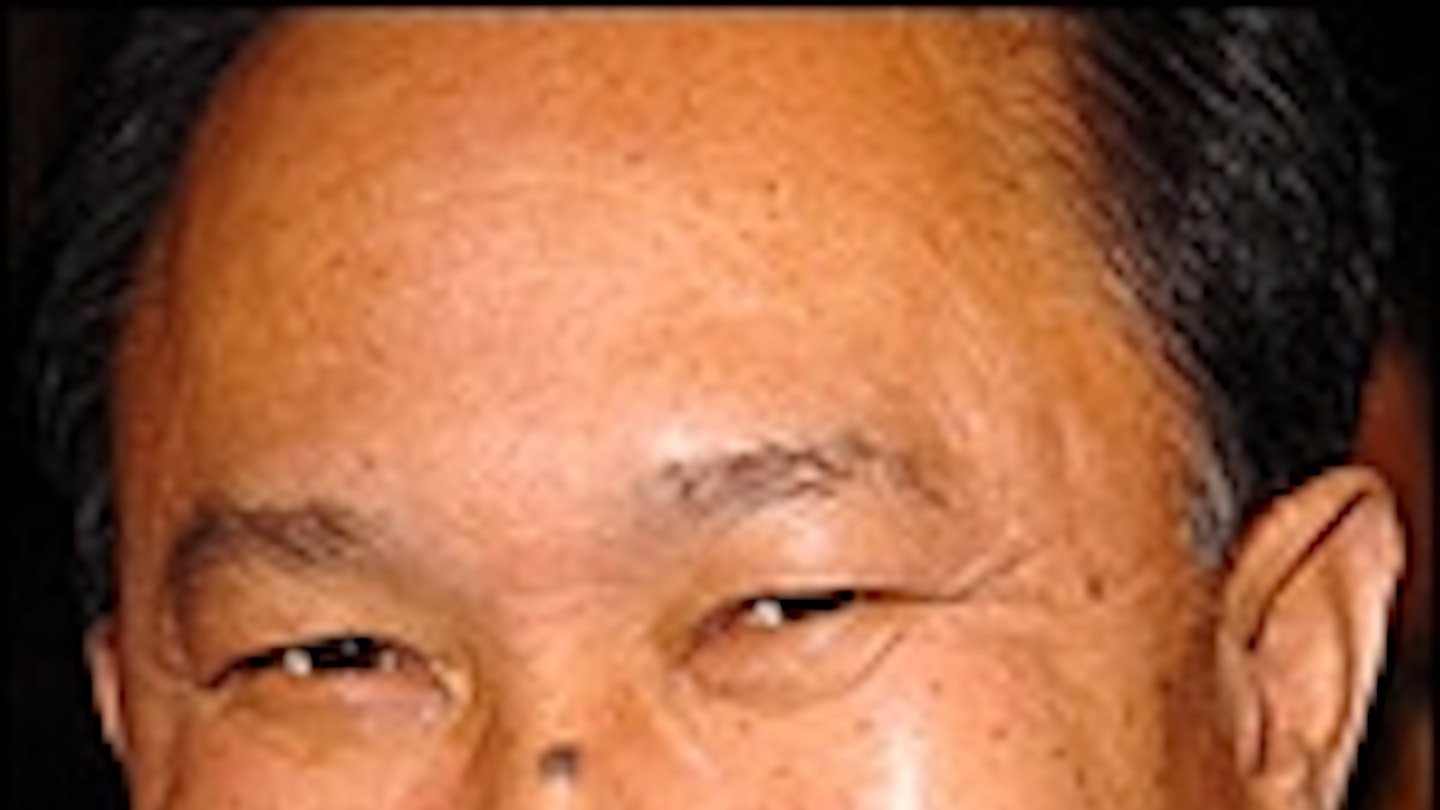Before we continue, ask yourself a question. What do you expect from John Woo, director of Bullet In The Head? Grace? Mood? Realism? Subtlety in any of its multiple guises? Not likely. You sign up to Woo bracing yourself for a tropical storm of stylised violence, high-melodrama and multiple doves. The real issue is which John Woo will show up — the semi-deranged but wonderful extravagance of A Better Tomorrow or Hard-Boiled, or the lamentable lag and Ben Affleckiness of his Hollywood tenure? We have some gratifying news: Red Cliff, his return to Eastern climes, comes ablaze with his old habits, and could be the least subtle film ever made.
Based on a beloved slab of Chinese history, a saga smudged by endless retellings, Woo tasks himself with over-the-topping them all. CGI grants him an armada of battleships rowing up the Yangtze amid swathes of Jacksonian mountains, rivers and fortresses. Woo, in his arch-daftness, concocts a pigeon’s — in lieu of a dove’s — eye-view of the ant-like ranks of good and bad, a tracking shot of immense silliness and wonder. The basic set-up is 300-like — a last-ditch team-up of good kingdoms against Prime Minister Cáo Cao’s (Zhang Fengyi) attempts to unify China under his own dastardly banner.
Bloated with 208 AD politics, the epic was divided into two hefty parts for its Asian release, but for its Western run has been pared down to a breathable two-and-a-half hours. This refit could be the reason the opening is so uneven, necessitating a godawful trailer-man voiceover to cover the gaps. Thankfully, it soon dispenses with the sludgy tide of backstory for the clear waters of the central concept: Sun Tzu’s Art Of War as action blockbuster.
Woo is especially good on tactics — weather, supplies, disease, espionage and the art of tea-making all play their intricate part. In a fabulous scrap midway through, the heroes’ army adopt the “Tortoise Formation”, a trap so ingenious Stanley Kubrick and his Battenberg formations from Spartacus would have stood to applaud.
Characters are drawn at cartoon pitch, the central relationship an alliance of dramatic pauses between Tony Leung’s fearless general Zhou Yu and master tactician Zhuge Liang (Takeshi Kaneshiro), but there’s DNA here from The Dirty Dozen. An array of groovy generals take a bow, like the chirpy female warrior-spy who maps enemy positions on her underwear, or a beardy brute who can push horses over. Imagine those multitudinous battles from The Lord Of The Rings, the camera eagling above the clamour — only here everyone gets to be Legolas.
For those of a certain age, there are further echoes: the hyperactive twitter of Monkey and the chin-stroking perspicacity of The Water Margin. Clichés bump and jostle each other, but the film revitalises them. It has the mocking quality of Leone’s Spaghettis, where tradition is amplified into something gaudily spectacular. This is not about the feline grace of Zhang Yimou’s Wushu Trilogy; this is all muscle, facial hair and super-cool finishing moves: operatic grandeur spring-loaded with punk-rock vitality.

